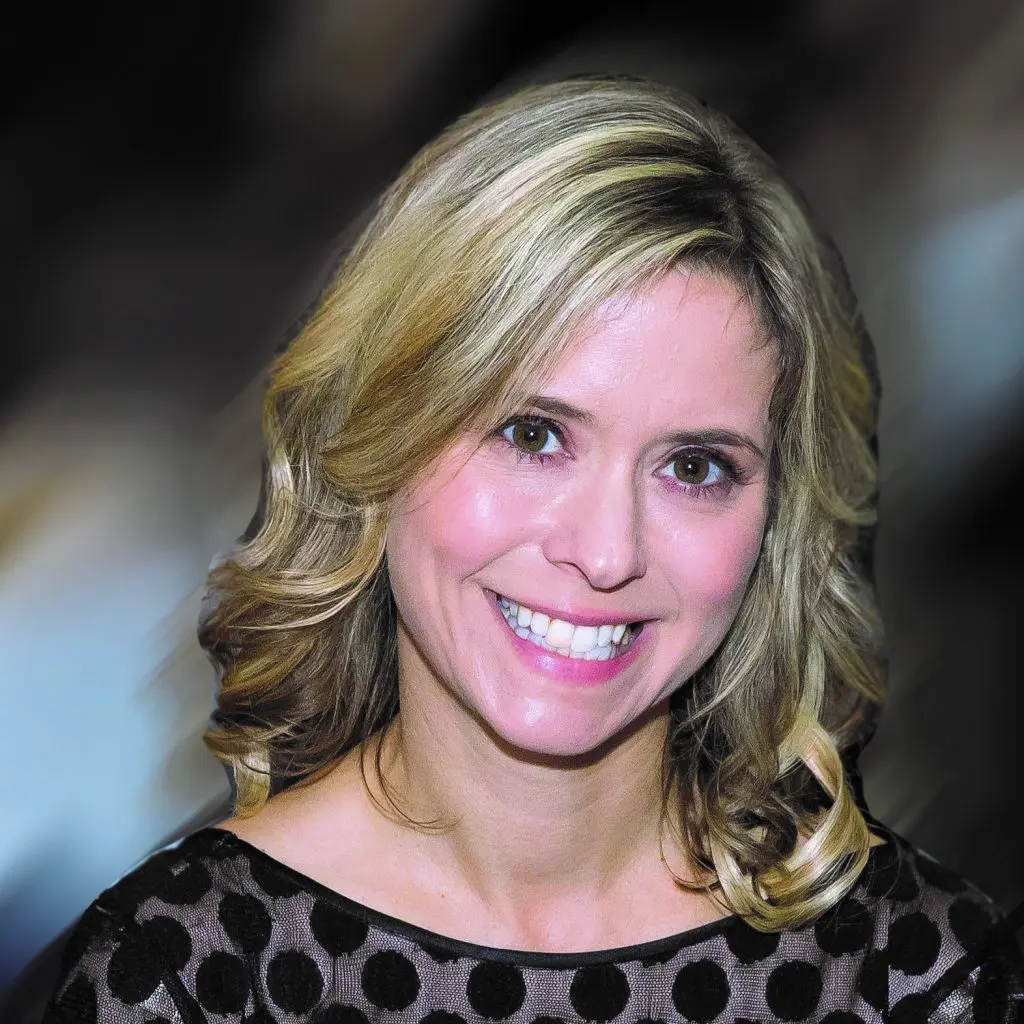It’s time once again for our annual award-winning Talent Report. Recently, organizations are feeling the squeeze of a tight talent market and smart HR leaders are responding with engagement and retention strategies. In fact, in this year’s Talent Report, we feature three case studies that show how HR leaders are doing things a little differently and are being rewarded handsomely.
Concerns of the impending—or occurring—skills gap is encouraging organizations to rethink their strategies. Johnson & Johnson (J&J) is one of them. And Michael Ehret, head of global talent management for the company, is helping to lead the charge. He says, a holistic, skills-based approach to talent management transcends the traditional job-centric model by integrating skills-based practices across the entire employee lifecycle. This comprehensive strategy transforms how organizations hire, develop, and retain talent, creating a more agile and adaptable workforce. In the story, he explains four strategies that are key to a skills-first organization. For example, he says HR can leverage analytics to uncover skills gaps to better understand current and future needs. At J&J, the decision science team uses analytical models to identify immediate skill gaps but also anticipate future competency requirements based on industry trends, technological advancements, and strategic business forecasts. Learn more here.
Exos Shifts with Shifting Workplace Norms
Results from a recent study by Exos and the Wharton School of Business finds that small but impactful shifts to current workplace norms can make a major difference in reducing employee concerns and burnout while also increasing retention and engagement. Greg Hill, chief people officer for the company, says its six-month pilot of adding “pro-recovery practices” to employees’ days has had impressive results. The “pro-recovery practices” includes daily microbreaks, intentional scheduling, and “You Do You Days,” which typically occur on Fridays, allowing employees to use a full day for recovery in a way that makes the most sense for them. This could mean spending leisure time with friends and family or catching up on individual work uninterrupted so they are prepared for the following week. Through these changes, Exos finds that 91% of employees believe they spend their time effectively at work—whereas only 64% felt this way prior to the pilot. Discover more about the approach here.
Blackbaud’s Remote-First Success
It’s no surprise that Blackbaud’s move to a remote-first environment was driven by the COVID-19 pandemic. But four years later, the company is still working this way, and has seen clear benefits, according to Chief People and Culture Officer Margaret “Maggie” Driscoll. The organization reports remote work drives 84% of employees to have a better work-life balance and 83% of employees to be their authentic selves at work. It’s also increasing Blackbaud’s talent pool with applications to open roles increasing by more than 50% in four years. Driscoll shares five lessons that can help others make the transition. Find out more here.
Learning from others—that’s a mission of HRO Today. How are you going to do things a little differently? Or if you already do, please send me a note so I can share with our audience.
Until next time,
Debbie Bolla
SVP/Editorial Director












